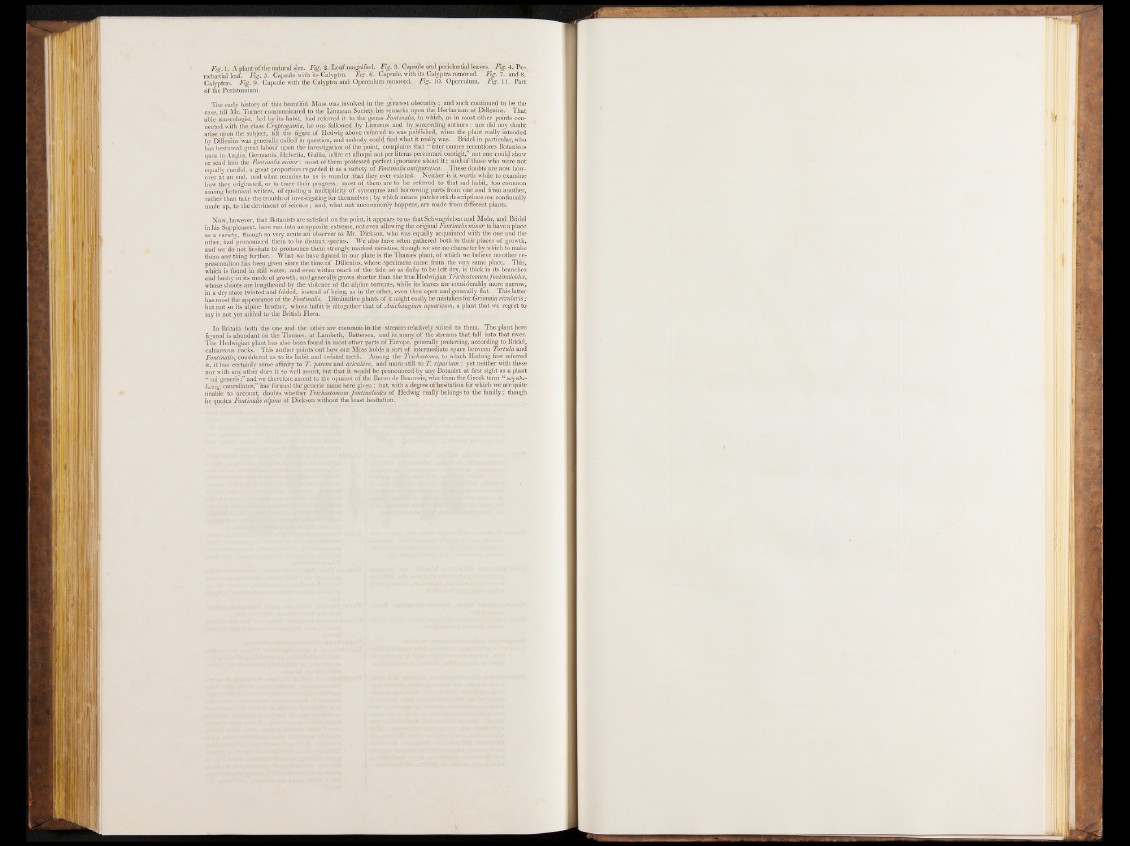
Fig. 1. A plant of the natural size. Fig, 2. Leaf magnified. Fig. 3. Capsule and perichtetial leaves. .% .4 ,‘-Pe-
nchcetial leaf. Fig. 5.‘ Capsule'with its Calyptra. Fig. '6. Capsule, with'its Calyptra removed. Fig. 7. and 8 /
Calyptrcc. Fig. 9. Capsule with the Calyptra and Operculum removed. Fig. 10. Operculum. Fig. 11. Part
of the Peris tomium.
The early history of this beautiful Moss was involved in the greatest obscurity; and such continued to be the
case, till Mr. Turner communicated to the Linntean. Society his remarks upon the Herbarium of Dillenius. That
able museologist,' led by'its habi,t, had referred it to the genus Fontinalis, in which, ,as in most other points connected
with the .class Cryptogamia, he was followed by Linhasus and by succeeding authors : nor did any doubt
arise upon the subject, .till' the figure of Hedwig above referred to was published, when the plant really intended
by Dillenius was generally called in question, and nobody could find what it really was. Bridel in particular, who
has bestowed great labour upon the investigation of the point, complains that “ inter omnes recentiores Botanicos
quos in Anglia, Germania, Helvetia, Gallia, adire et alloqui aut per literas percontari contigit,” not one could show
or send hin° the Fontinalis m inor: most of them professed perfect ignorance about i t; and o f those who were.not
equally candid, a great proportion regarded it as a variety of Fontinaljs antipyretica. These doubts are now however
at an end, and what remains to us is wonder that they ever existed. Neither is it worth while to examine
how they originated, or to trace their progress : most of them are to be referred to that sad habit, too common
arnon® botanical writers, of quoting a multiplicity of synonyms and borrowing parts from one and from another,
rather5 tlian take the trouble of investigating for themselves; by which means patchwork descriptions are continually
made up, to the detriment of science; and* w-hat not uncommonly happens, are made from different plants.
Now, however, that Botanists are satisfied on the point, it appears to us that Schwagrichen and Mohr, and Bridel
in his Supplement, have run into an opposite extreme, noteven allowing the original Fontinalis minor to have a place
as a variety, though so very acute an observer as Mr. Dickson, who was equally acquainted with the one and the
other, had pronounced them to be distinct species. We also have often gathered both in their places of growth,
and we do not h'esitate to pronounce them strongly marked varieties, though we see no character by which to make
them any thing further. What we have figured in our plate is the Thames plant, of which we believe no other representation
has been given since the time of Dillenius, whose specimens came from the very same place. This,
which is found in still water, and even within reach of the tide .so as daily to be left dry, is thick in its branches
and bushy in its mode of growth, and generally grows shorter than the true Hedwigian Trichostomum fontinaloides,
whose shoots are lengthened by the violence of the alpine torrents, while its leaves are considerably more narrow,
in a dry state twisted and folded, instead of being, as in the other, even then open and generally flat. This latter
has most the appearance of the Fontinalis. Diminutive plants of it might easily be mistaken for Grimmia rivularis;
but not so its alpine brother, whose habit is altogether that of Anichangimp aquaticum, a plant that we regret to
say is not yet added to the British Flora.
In Britain both the one and the other are common in the streams relatively suited to them. The plant here
figured is abundant on the Thames, at Lambeth, Battersea, and in many of the streams that fall into that river.
The Hedwigian plant has also been found in most other parts of Europe, generally preferring, according to Bridel,
calcareous rocks. This author points out how,our Moss holds,a.sort of intermediate space between lortula and
Fontinalis, considered as to its habit and twisted teeth. Among the Trichostoma, to which Hedwig first referred
it, it has certainly some affinity to T. patens and aciculare, and more still to T. riparium : yet neither with these
nor with any other does it so well assort, but that it would be pronounced by any Botanist at first sight as a p lant
“ sui generis;” and we therefore assent to the opinion of the Baron de Beauvois, who from the Greek term “ xiyxXi-
luTog, cancellatuS,” has formed the generic name here given; but, with a degree of hesitation for which we are quite
unable to account, doubts whether Trichostomum fontinaloides of Hedwig really belongs to the family;' though
he quotes Fontinalis alpina of Dickson without the least hesitation.